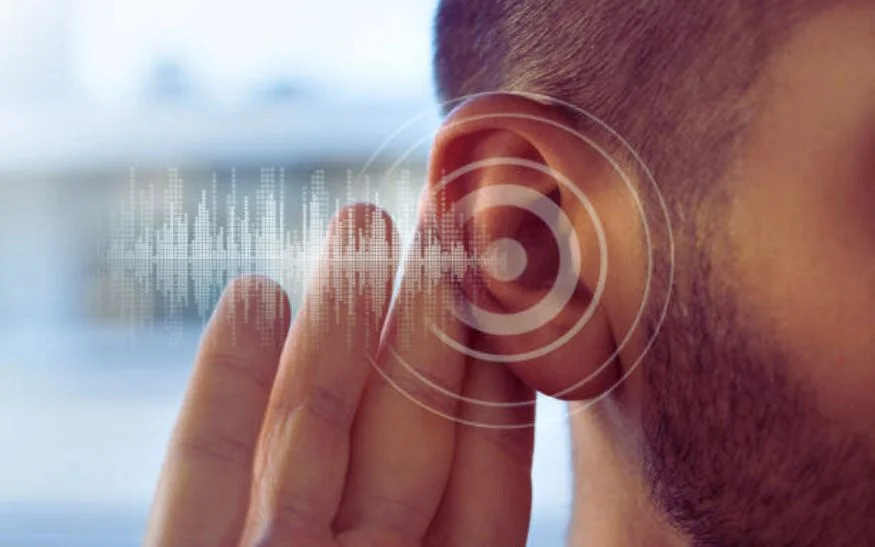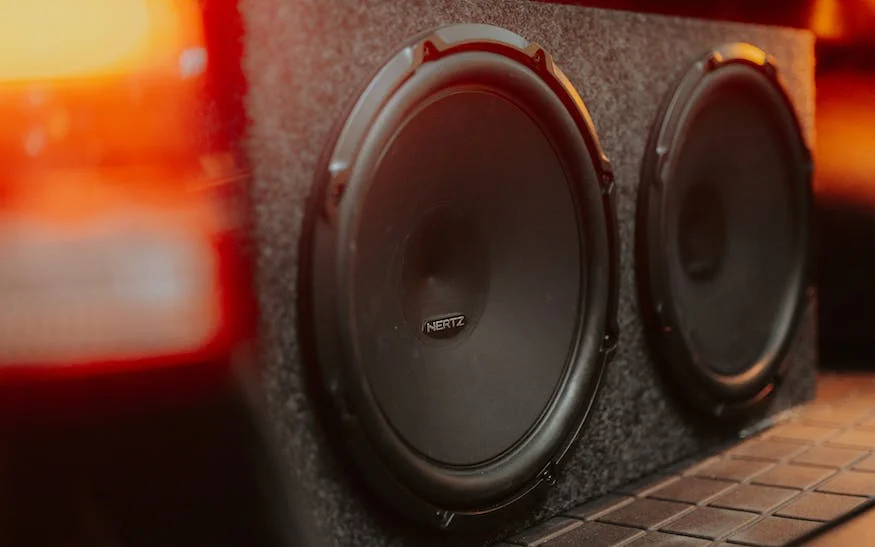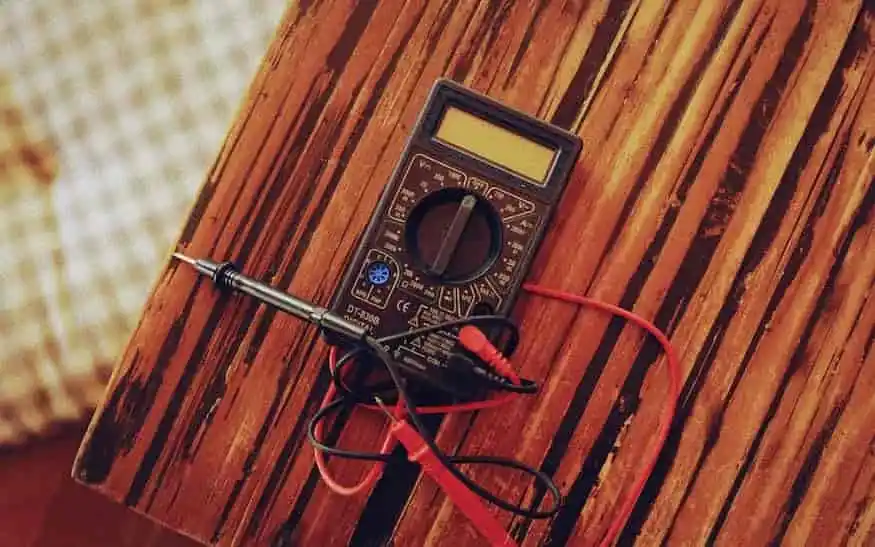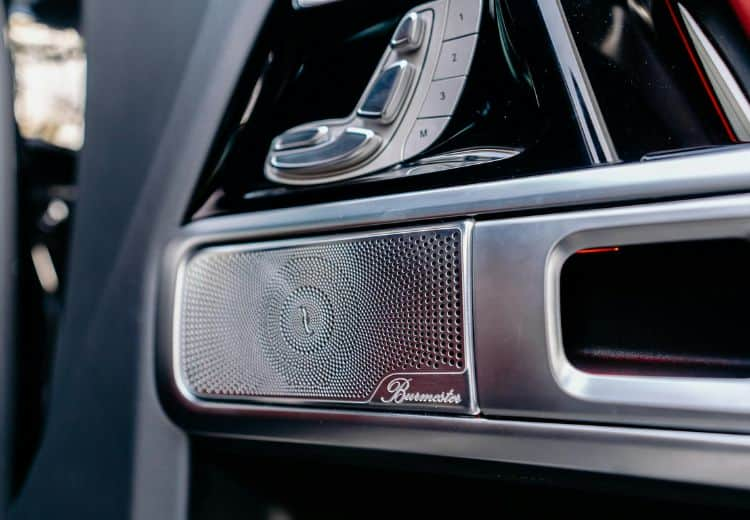Cruising down the open road with your favourite tunes playing can be an exhilarating experience. The thumping bass and crisp melodies enhance the joy of a drive, making it feel like a mini music festival right in your car. But, is it essential to invest in a top-notch speaker system for your car’s audio setup?
While a high-quality speaker system can certainly elevate your driving experience, it’s not a mandatory requirement for your car’s operation. However, there are some crucial considerations to keep in mind.
It’s important to strike a balance between enjoying your music and preserving your speaker’s lifespan. Pumping up the volume to the maximum might provide an adrenaline rush, but it can also put a strain on your speakers, leading to wear and tear over time. The vibrations caused by loud music can impact both the speaker and its surroundings.
Diagnosing Speaker Issues
If your speakers are old or in less-than-ideal condition, they may eventually fail, resulting in either a loss of sound quality or complete silence. Given that a speaker system comprises multiple individual speakers, it can be challenging to determine whether a blowout has occurred or if there’s another issue affecting your car’s audio. To help you with this, here are a few checks you can perform to diagnose the state of your speakers.
However, it’s crucial to note that these checks should only be carried out when your car is safely parked, such as in your home driveway. Diagnosing speakers on the road can divert your attention from more critical matters.
1. Listening Test
 Start with a simple and direct listening test. Play some consistent music and pay close attention to what you hear. A functioning speaker should produce clear and undistorted sound at any volume. If a speaker is partially blown, you may notice a gradual decline in sound quality as the volume increases. For completely blown-out speakers, you’ll either hear nothing at all or faint noises like buzzing, ringing, or hissing.
Start with a simple and direct listening test. Play some consistent music and pay close attention to what you hear. A functioning speaker should produce clear and undistorted sound at any volume. If a speaker is partially blown, you may notice a gradual decline in sound quality as the volume increases. For completely blown-out speakers, you’ll either hear nothing at all or faint noises like buzzing, ringing, or hissing.
To further confirm the quality of the sound, use a microphone with an equalizer, set the levels to zero, and the balance to the middle. Any obvious distortions will be reflected in the equalizer levels.
2. Feeling the Bass
 Speakers, especially subwoofers, generate tangible physical vibrations at certain volume levels, thanks to the heavy bass. To test your speaker system’s efficiency, place your hand on a subwoofer and turn up the bass. As you play music, you should feel distinct vibrations, especially during bass-heavy moments. In the case of blown-out speakers, the sound won’t reverberate correctly, and you won’t feel any vibrations.
Speakers, especially subwoofers, generate tangible physical vibrations at certain volume levels, thanks to the heavy bass. To test your speaker system’s efficiency, place your hand on a subwoofer and turn up the bass. As you play music, you should feel distinct vibrations, especially during bass-heavy moments. In the case of blown-out speakers, the sound won’t reverberate correctly, and you won’t feel any vibrations.
If you’re unsure about the vibrations, you can attempt to remove the grill or padding to access the speaker itself. However, this process varies from vehicle to vehicle, so only do it if you’re comfortable and have the technical knowledge of how to do it. If you don’t feel any vibrations from the actual speaker, it’s a clear indicator of a malfunction.
3. Using a Multimeter
 If there’s a concern with the speaker’s wiring, whether due to a blowout or other issues, you can verify it using an electrical multimeter to measure impedance. You can find a multimeter at most hardware or electronics supply stores. It typically has a mode for measuring impedance in ohms.
If there’s a concern with the speaker’s wiring, whether due to a blowout or other issues, you can verify it using an electrical multimeter to measure impedance. You can find a multimeter at most hardware or electronics supply stores. It typically has a mode for measuring impedance in ohms.
Testing speakers with a multimeter is more advanced, so if you’re not confident in doing it yourself, it’s best to consult an expert. Remove the grill or padding from the speaker and place the meter leads on the speaker terminals to measure its impedance levels. Ensure the speaker is turned off to avoid any electrical mishaps.
In essence, impedance measures electrical flow, and most functional speakers have an impedance level ranging from 4 to 8 ohms, indicating proper electricity flow. If you encounter extremely high impedance levels or even an infinite level, it signifies improper electrical flow, confirming a speaker blowout.
Remember, a quality speaker system in your car can enhance your audio experience, but it’s equally important to treat your speakers with care and carry out regular checks to ensure they’re performing optimally. After all, who wouldn’t want crystal-clear music on the road?
Don’t miss out on the latest updates! Follow us on Instagram, X (formally Twitter), Pinterest, and Facebook for daily tech and auto content and insights.










